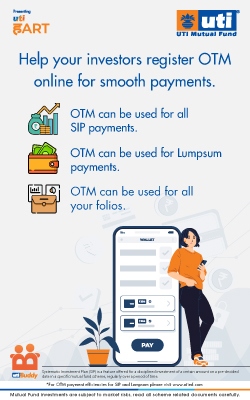These days, almost everyone has at least a basic website, a virtual calling card that lets your clients know what you do and where you’re located. But this valuable marketing tool can be so much more than that.
It can establish and promote your brand, giving your viewers a more holistic view of your practice. It takes work, of course, but the end result can really affect your bottom line. The key is establishing an online presence that adds perspective to your personality, skills and interests.
It’s about extending your brand and further enhancing your reputation. In many cases, your website is where your clients will develop their first impression of you. A fully fleshed out website that adds value for your client will draw them in and give them a favorable impression of you and your practice. A website with outdated content, on the other hand, could be telling your prospects that you don’t have your act together. Not exactly the image an advisor wants to portray.
Almost every type of advertising refers back to the company’s website. It’s a given, and you should take full advantage of what a website offers.
For starters, your website offers a dynamic space to describe your professional background and investment philosophy. It can and should be so much more than a business card; it enables clients – new and old – to learn more about you and gather information about the way you do business.
Before you even speak on the phone, your website could have already inspired confidence in a prospective client who has read all about your supportive and capable staff, as well as your experienced background in retirement planning, for example. That’s the point. Your website details the services and products you offer, ensuring clients understand what it is you do. Plus, it’s available 24 hours a day, seven days a week.
Of course, your website needs to be kept up-to-date, showcasing any new certifications or additional services you offer. Old or stale information conveys the message that you’re providing unreliable and outdated information, undermining your marketing efforts. Instead, use your website to communicate value-added information to your clients in the form of relevant newsletters and commentary, information they can use in their financial lives. Content should be interesting and engaging, yet short and succinct.
In addition, other professionals can use your website as a point of referral, directing their clients to learn more about you at their convenience. You, in turn, can link to additional resources and associations, such as your local chamber of commerce or economic development council, providing even more added value and making your website a virtual communications hub for your clients and centers of influence.
Of course, you can have the best website on the planet, but if your clients don’t know about it, it’s not doing you much good. That’s why it’s important to promote your site. An easy way to do so is to include common keywords that will direct traffic to your site from search engines. Keywords should include your company name, synonyms and abbreviations; any products and brand names associated with your practice; any niche markets you serve; and your location and the areas you serve.
Keep in mind that most people use two to three word phrases in their searches, so it’s a good idea to include those, as well.
You should also promote your site in-person. Tell clients and prospects about it, and add it to your stationery and other marketing materials. Encourage visitors to return regularly by including content relevant to your business and clients. This in turn reinforces your reputation and expertise. You can also drive traffic to your site with HTML email marketing. Some of the industry’s leading marketing departments may be able to help you with this as they work with you to develop your website.
Click here to download the whitepaper.
Reproduced verbatim based on the whitepaper.





